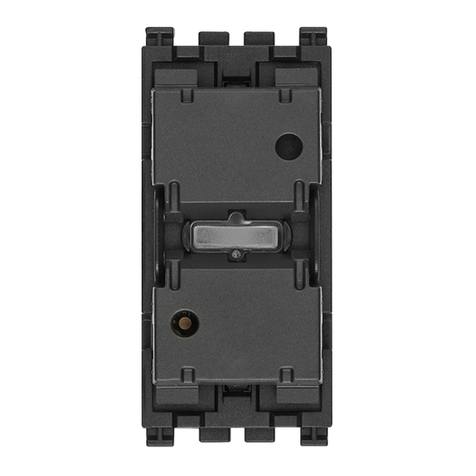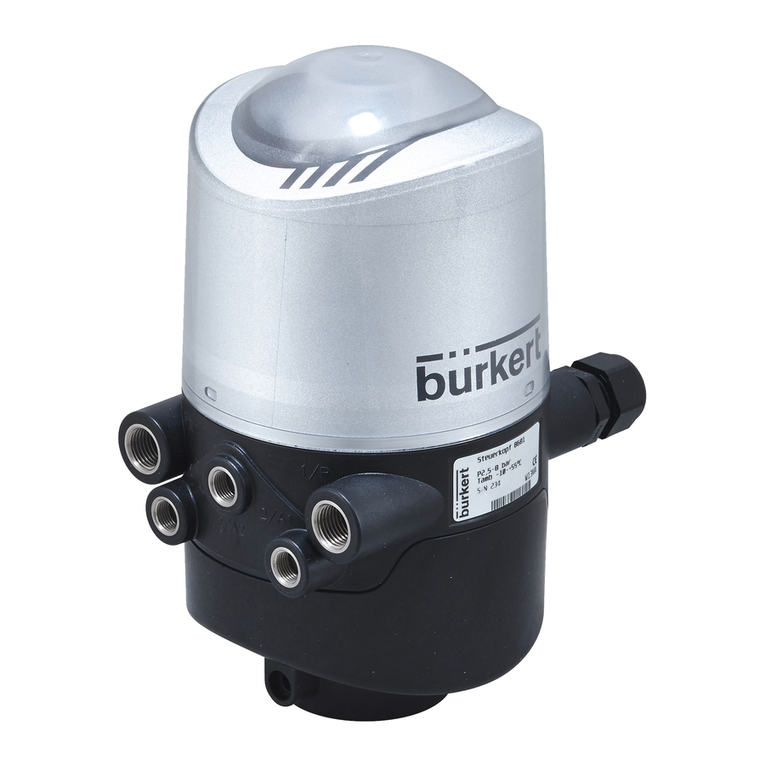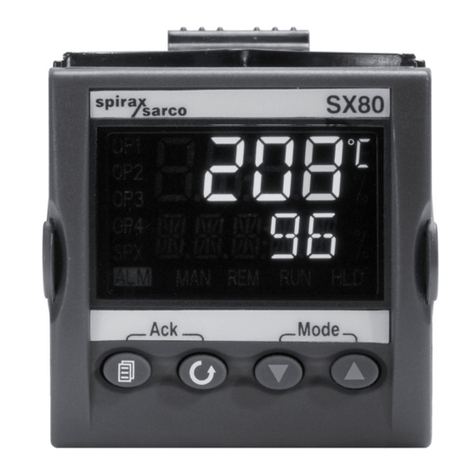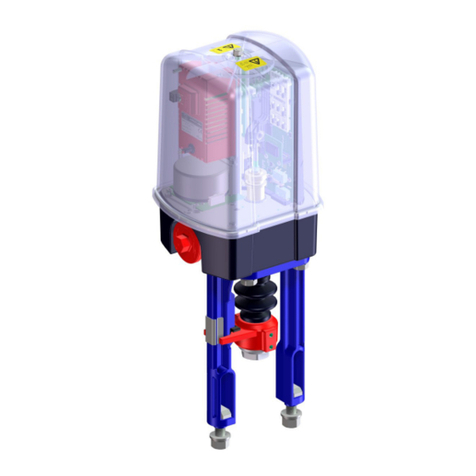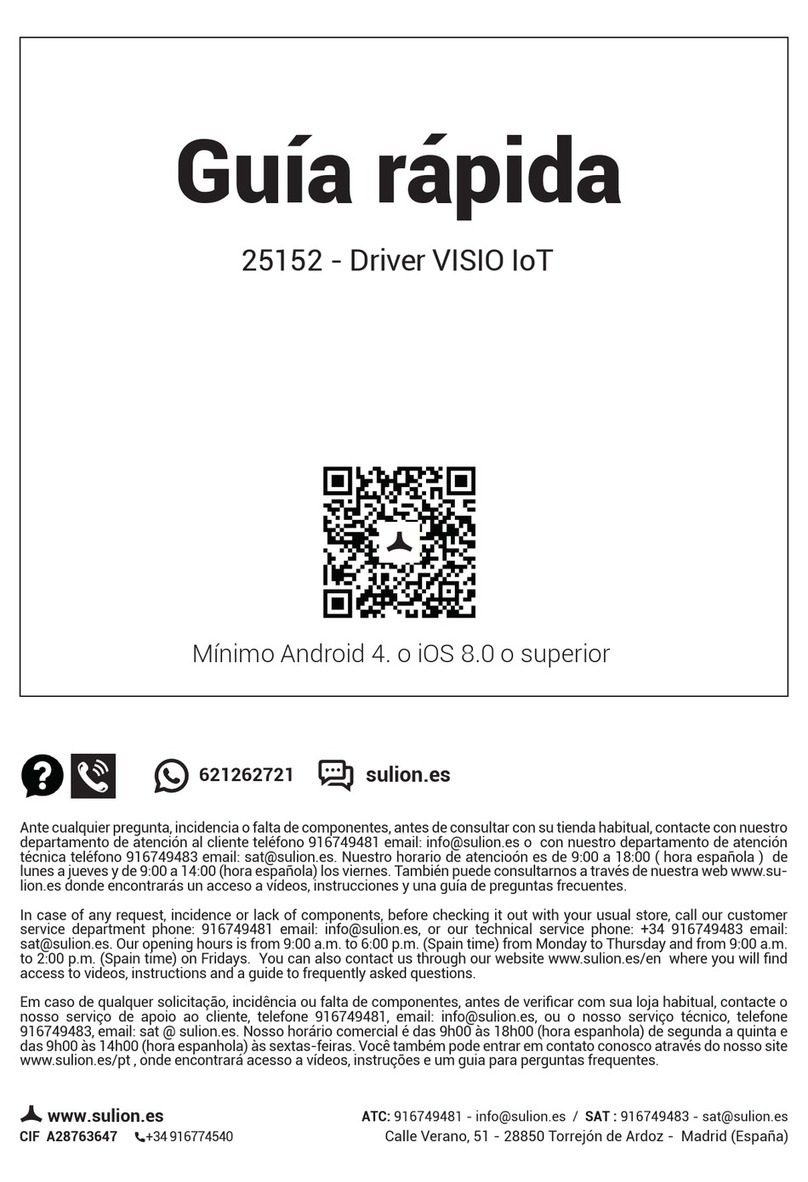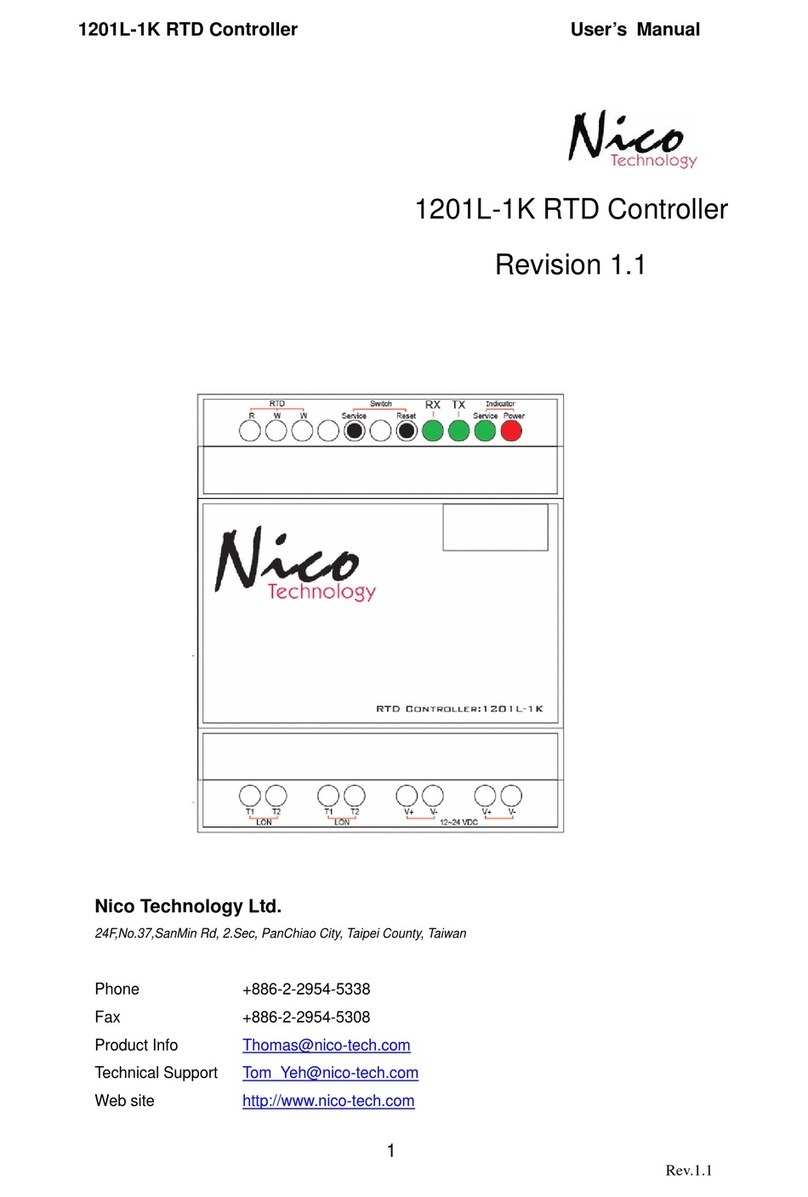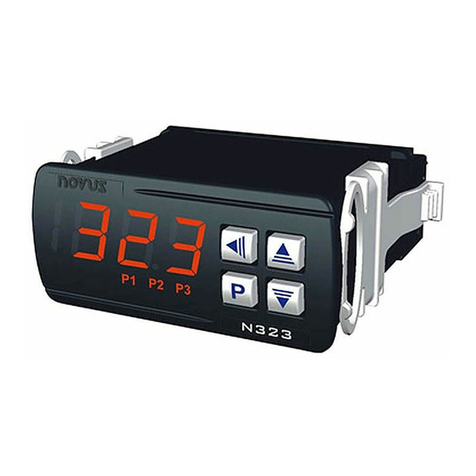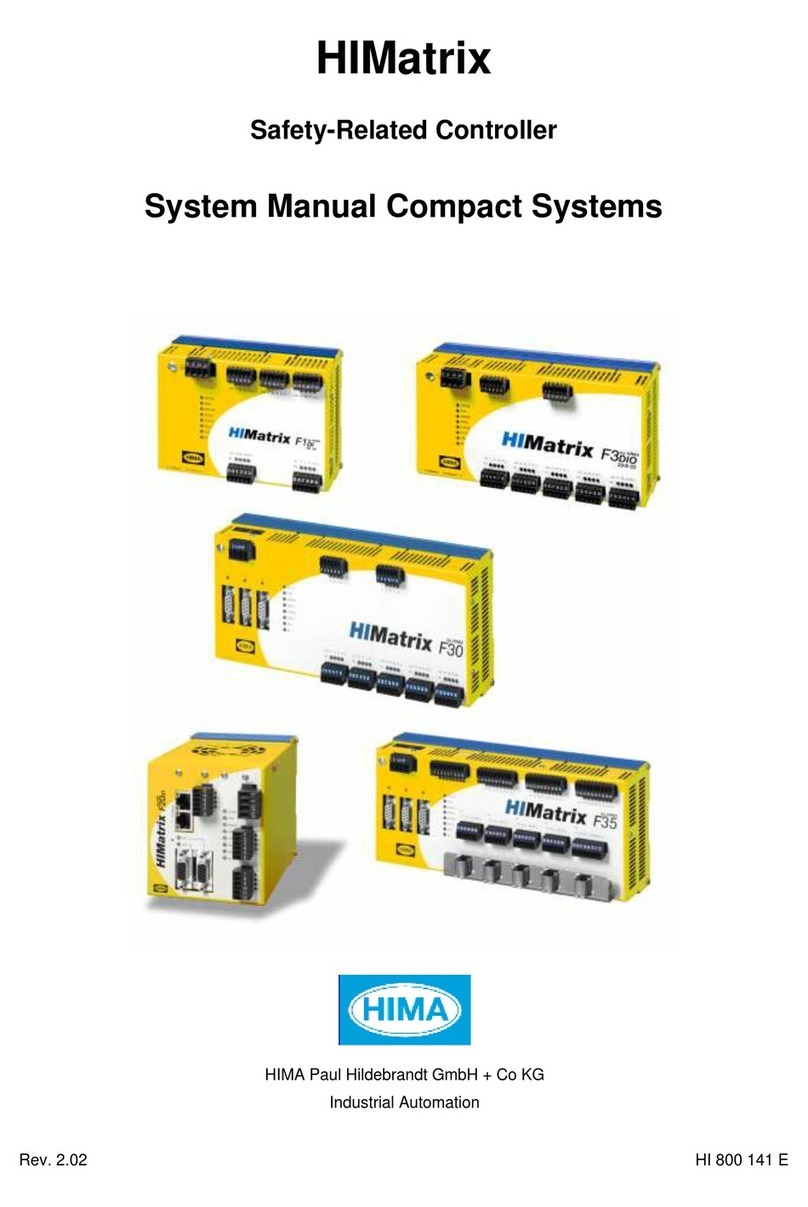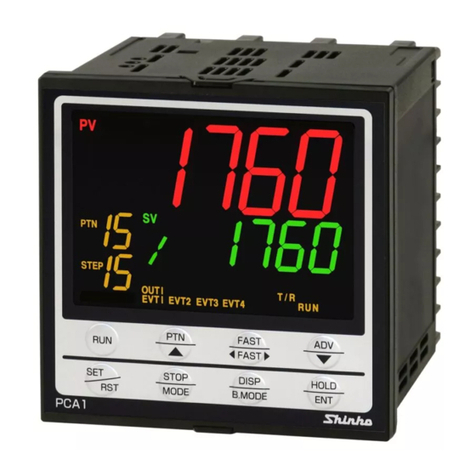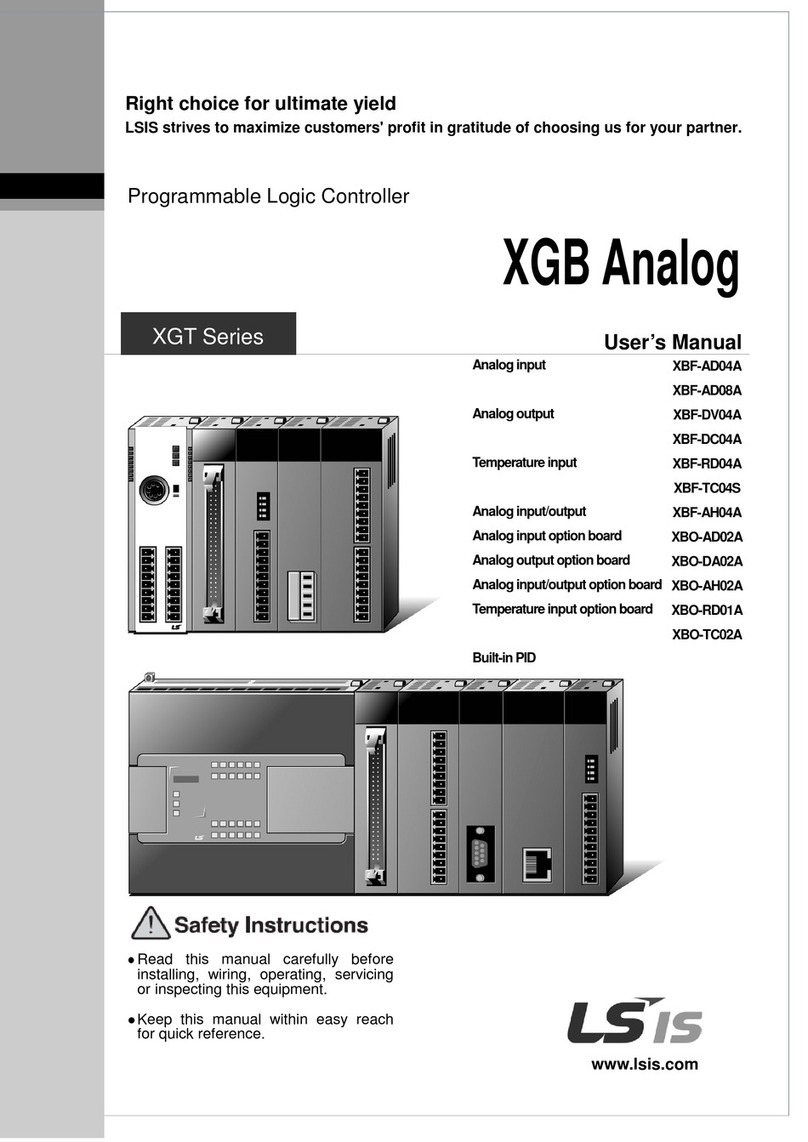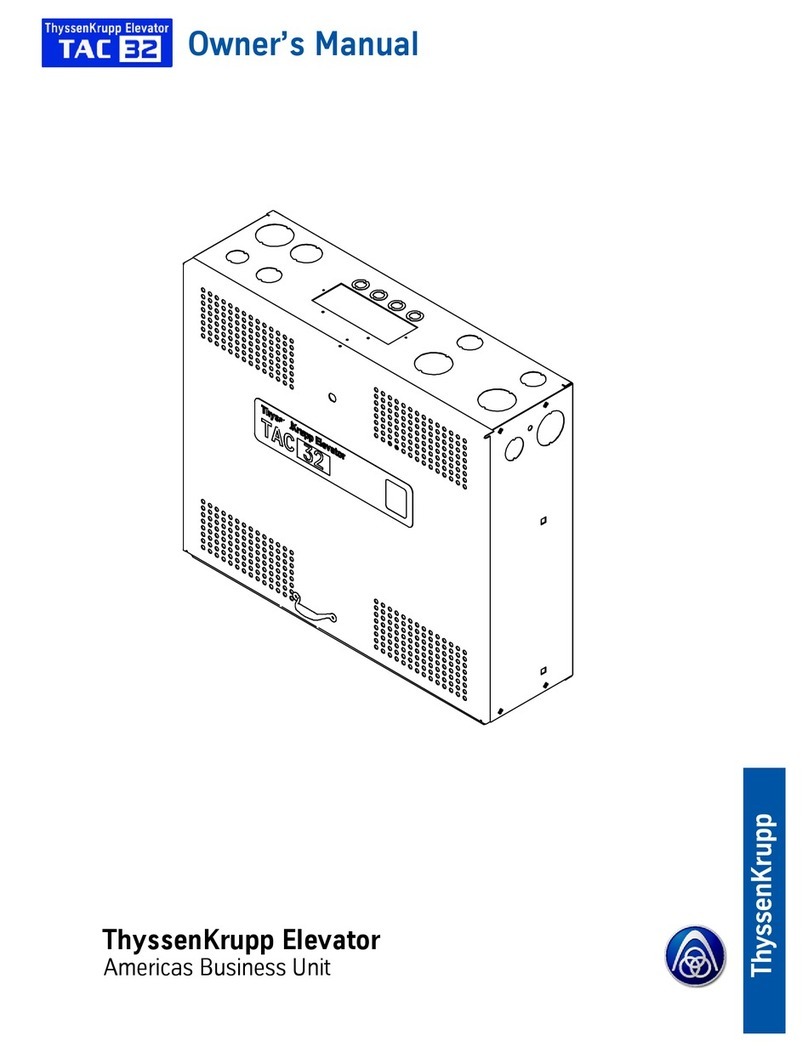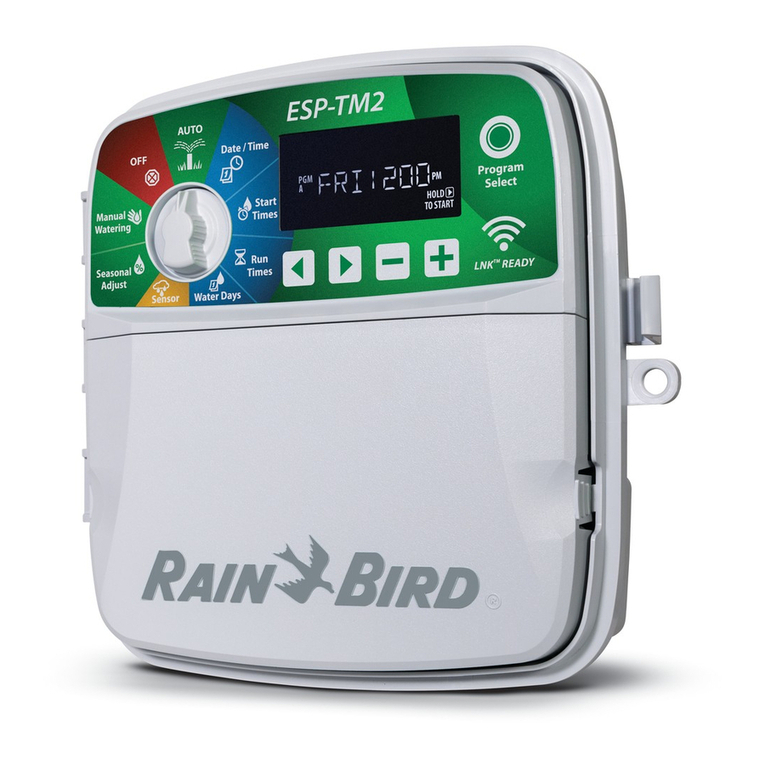AeroFlow DIESEL BOOST CONTROLLER User manual

1 | P a g e
40 Huntingwood Drive Huntingwood NSW 2148
Phone: (02) 8825 1999 Website: www.aeroflowperformance.com
AEROFLOW PERFORMANCE
DIESEL BOOST CONTROLLER
WARNING!
THIS PRODUCT REQUIRES DETAILED KNOWLEDGE OF AUTOMOTIVE SYSTEMS. WE RECOMMEND THAT THIS
INSTALLATION BE CARRIED OUT BY A QUALIFIED AUTOMOTIVE TECHNICIAN.
INTRODUCTION
Congratulations on your purchase of Aeroflow Performance diesel boost controller. Aeroflow Performance
products cannot and will not be responsible for any damage, or other conditions resulting from misapplication
of the parts described herein. However, it is our intention to provide the best possible products for our
customer, products that perform properly and satisfy your expectations. Should you have any questions?
Please call technical support at +61 2 8825 1900 and have the product part number on hand when calling.
The Aeroflow Performance diesel specific manual boost controller is a dedicated unit for diesel turbocharged
engines running variable vane turbochargers, providing accurate boost control from the turn of the knob. This
manual boost controller allows users to adjust boost control and spool rate; therefore, increasing engine
power, reduce turbo lag and create a linear boost curve. This great for all types of driving conditions from
adjusting boost for towing, or changing it if the EGT gets too high and to bring boost on earlier or hold it
longer. When the factory boost curve is erratic this can lead to engine or turbo premature failure.
It is highly recommended to have this boost controller installed by a professional tuner. This manual boost
controller is considered a tuning tool and increasing boost pressure is done so at the user’s risk. A boost gauge
is also recommended to be installed first before attempting this install of the manual boost controller. This will
allow you to know the factory present peak boost pressure and will establish a good base line and target boost
pressure to ensure it does not over boost which can lead to premature engine failure. It is important to
understand that every vehicle and engine is different with different limitations and tuneability.
It is advisable to ensure that not only fuelling is sufficient for the intended boost pressure but also any
supporting mods required for the increased boost pressure is carried out before installation of this boost
controller. It is recommended to check the exhaust gas temperature after making boost pressure changes to
ensure the engine’s safety.
For more information or technical enquires
Contact: Aeroflow Performance on
Phone: (02) 8825 1979 Website: www.aeroflowperformance.com

2 | P a g e
FITTING AND MOUNTING INSTRUCTIONS
1. Locate the factory boost control solenoid by following the hose from the VNT actuator (this can be
found from the factory service manual of your vehicle). This solenoid will usually have 3 hoses
connected to it - one for the VNT actuator, one connected to the vacuum pump, and another vent
hose connected to the turbo intake.
2. Disconnect the hoses from the factory solenoid one by one ensuring to mark where each hose came
from. Connect them to the manual boost controller according to the markings engraved on the body
of the unit (a diagram is supplied below for reference).
•Connect the hose barb marked “ T “ ( Turbo ) to the turbochargers VNT actuator.
•Connect the hose barb marked “I” ( Intake ) to the turbochargers intake pipe after the air
filter.
•Connect the hose bar marked “V” ( Vacuum ) to the any vacuum source from the engine.
•Connect the hose barb marked “B” ( Boost ) to the turbo outlet or intercooler piping.
*Note: this hose usually does not exist on factory VNT systems, but it is necessary to
connect it as this is how it references the actual boost pressure to control the vacuum that
moves the VNT vanes. It is recommended that this line is a dedicated boost reference line
and not to tee this hose off for any accessories.
3. When routing all vacuum lines in engine bay ensure to keep them away from any heat source that
could potentially cause damage to the vacuum line. It is recommended to use a heat sleeving or a
heat shield over the top for protection. Ensure to secure any loose vacuum lines in the engine bay
from moving components.
4. When mounting this manual boost controller in the engine bay it is recommended to use the
mounting hole provided in a convenient location. Ensure it is kept away from any heat source that
could damage the unit. If close to any heat source use a heat shield or heat protection material to
protect it.

3 | P a g e
ADJUSTING BOOST PRESSURE
1. Start by setting the “RISE RATE” adjuster completely clockwise to the maximum setting, and
that the “BOOST” adjuster is turned completely ANTI-CLOCKWISE to the minimum setting.
2. Start the engine and observe the turbocharger's actuator rod and linkage setup. Slowly turn
the RISE RATE adjuster anti-clockwise until the actuator arm just starts moving off its limit
stopper, then turn it back ¼ of a turn. This should be a good starting point whilst you set up
the peak boost pressure.
3. With the “BOOST” adjuster still in the minimum position, take the car for a drive and
perform a boost run whilst monitoring the boost pressure to ensure everything is set up
correctly and to note the minimum boost pressure the system will achieve.
4. Increase the “BOOST” setting one full turn clockwise and perform another run to check the
boost. It may take a couple of turns before you notice the peak boost increasing, but
essentially you are incrementally making and testing adjustments until you arrive at your
desired target boost. Please take care to drive the same way each time you test an
adjustment, as different speeds, RPM, and loads can change the peak boost pressure.
5. Once you have achieved your target boost pressure, you can adjust the “RISE RATE” setting
.This is something of a balancing act, as changing the “RISE RATE” setting can affect the peak
boost pressure. Increasing the “RISE RATE” setting will delay the opening of the VNT vanes
and will bring boost on harder and earlier, but may also result in over boost or spiking if you
go too far. As with setting the peak boost, make incremental changes and test the result.
You may need to reduce the “BOOST” setting if “RISE RATE” is increased significantly.
6. If you are not comfortable with making these changes to your boost pressures which can
cause engine or turbocharger failure. We strongly recommended you seek out professional
help from a tuner or workshop to install this product. NO WARRANTY will be issued for
incorrect installation or function of this product
For more information or technical enquires
Contact: Aeroflow Performance on
Phone: (02) 8825 1979 Website: www.aeroflowperformance.com
Table of contents
